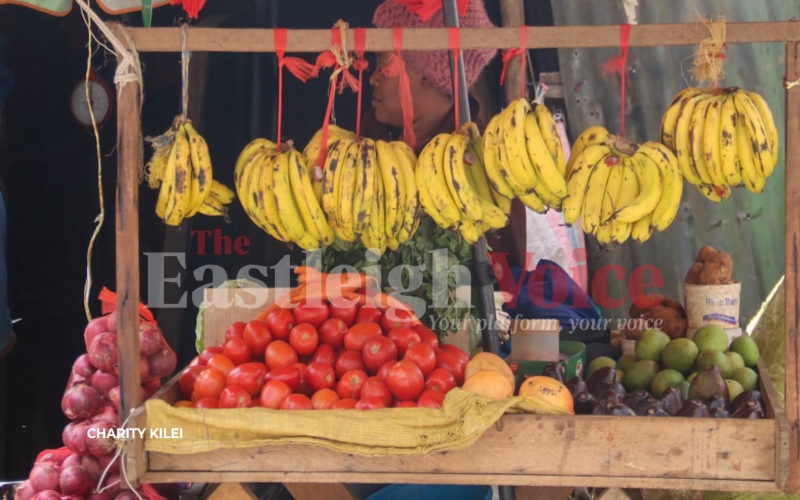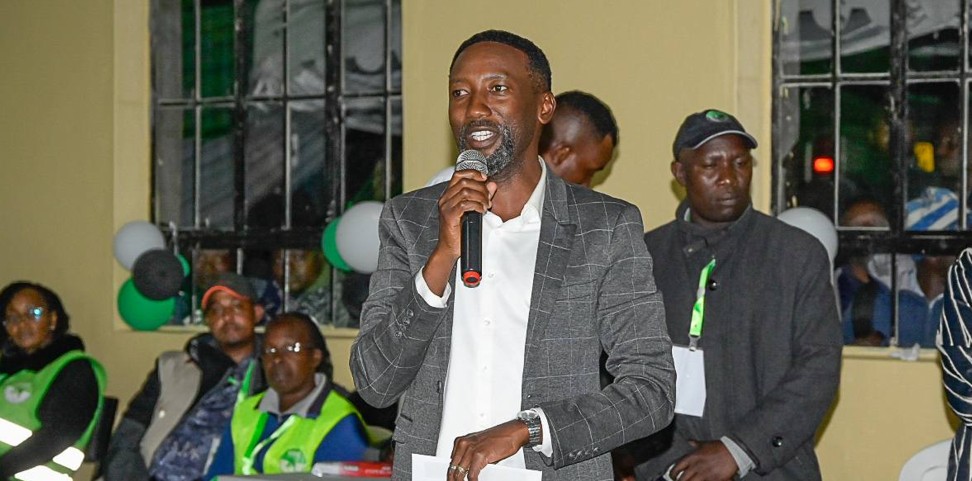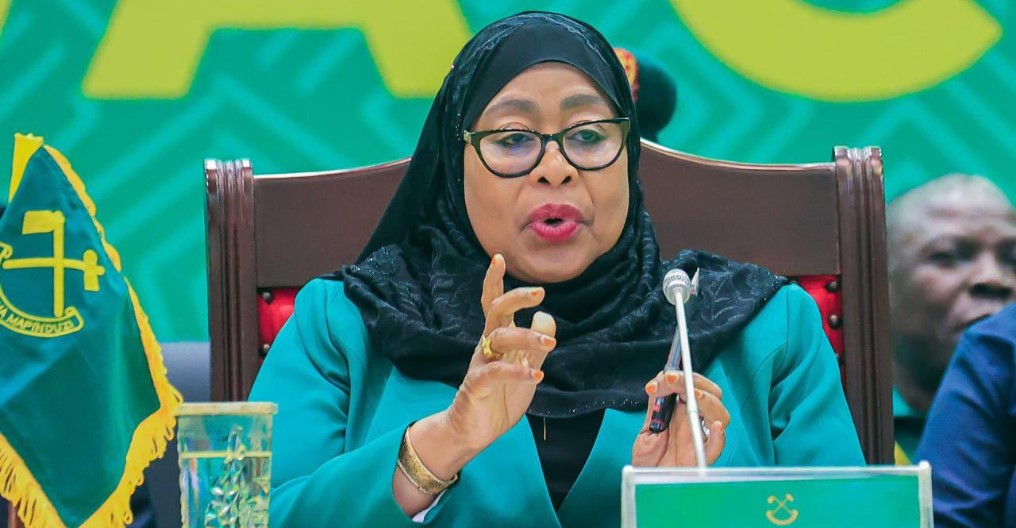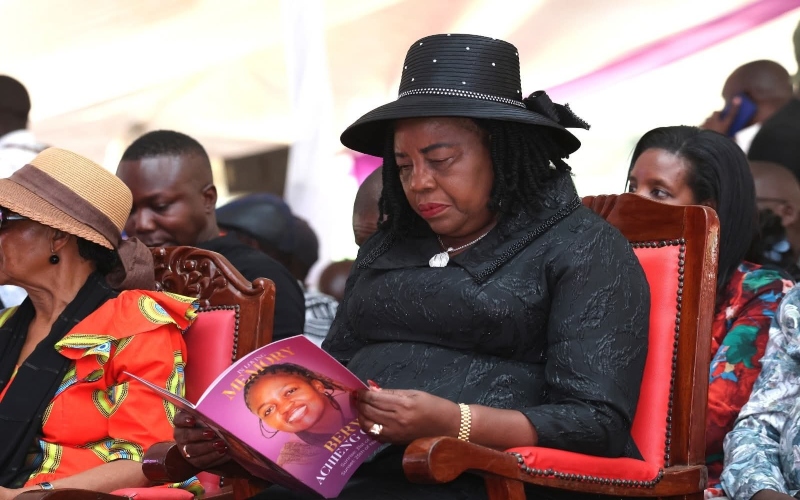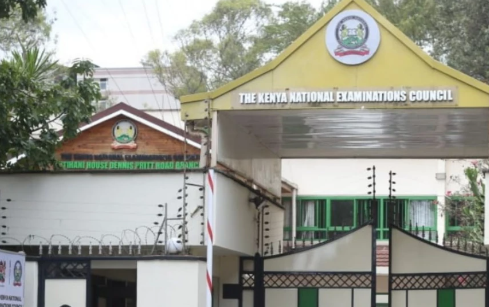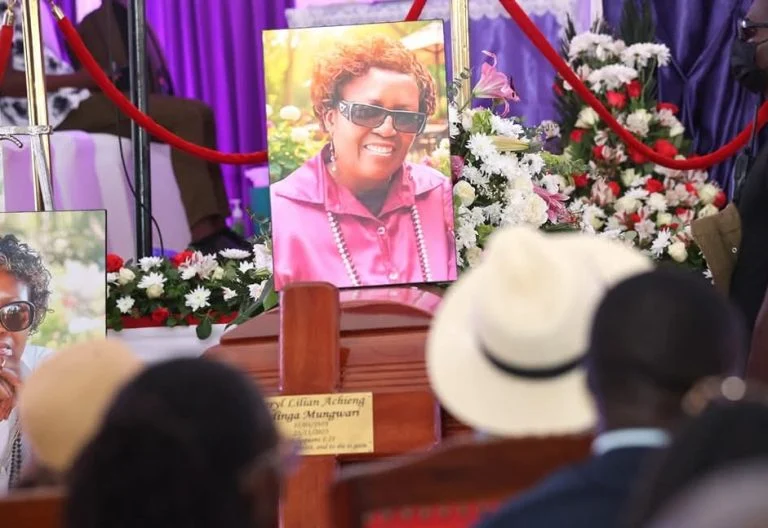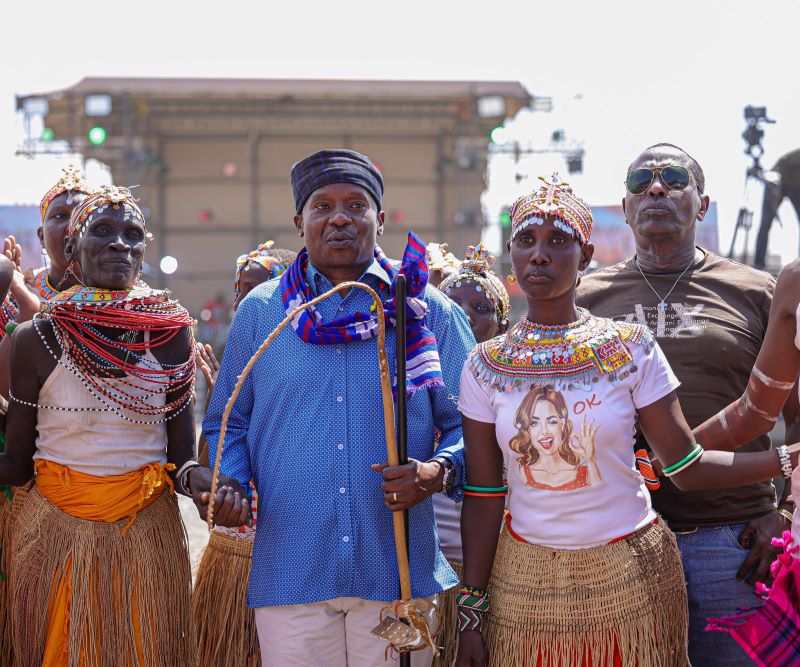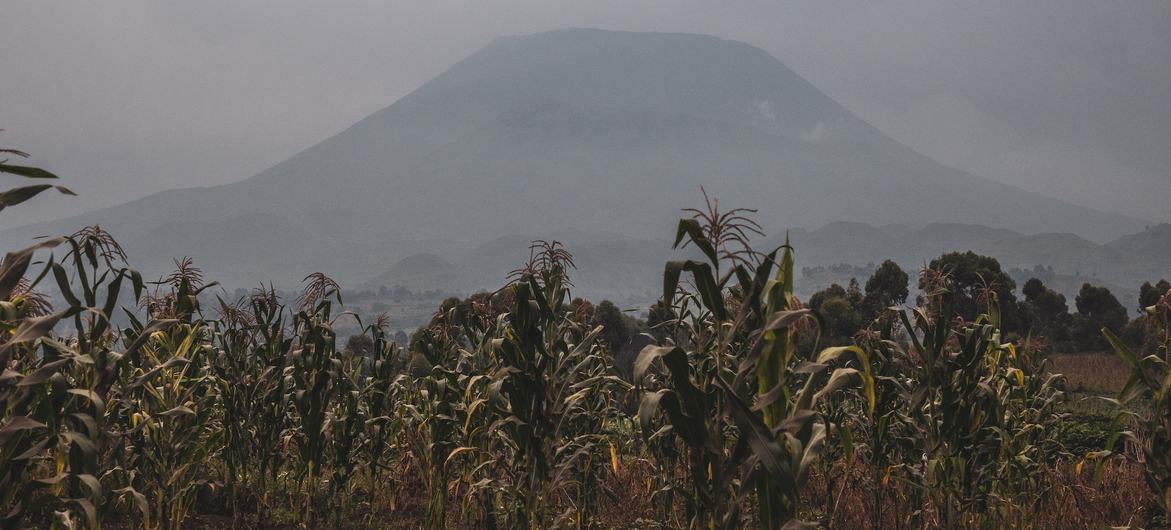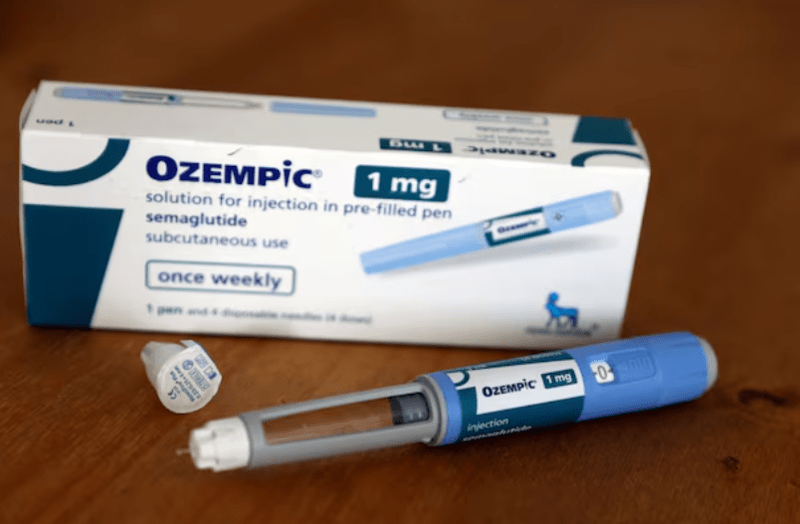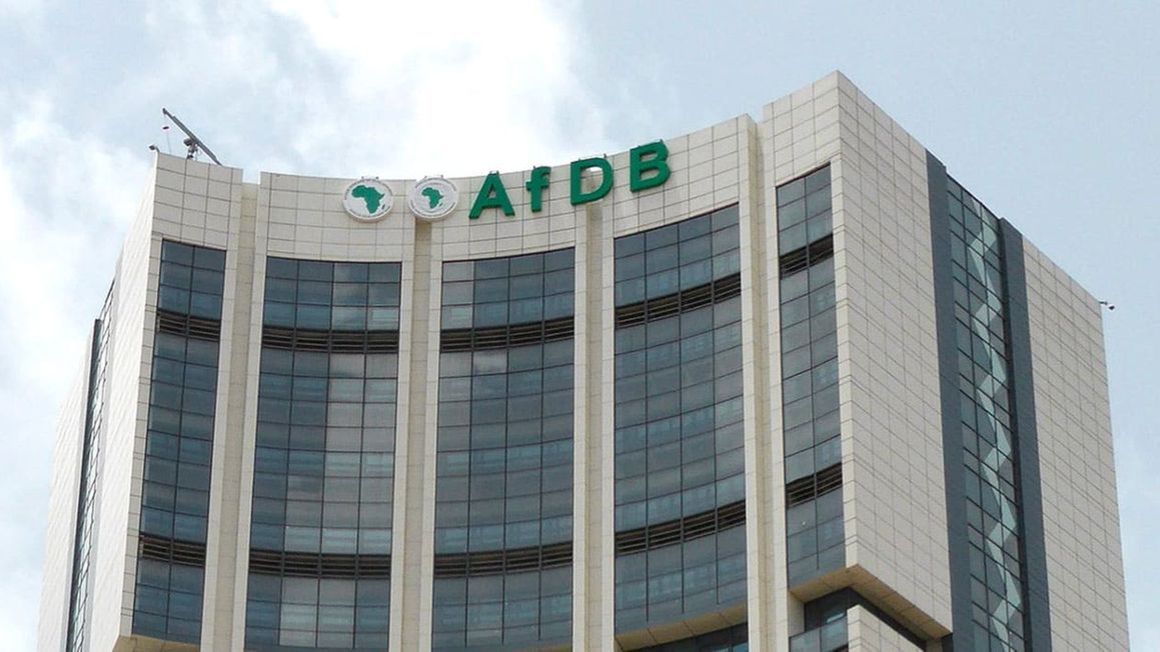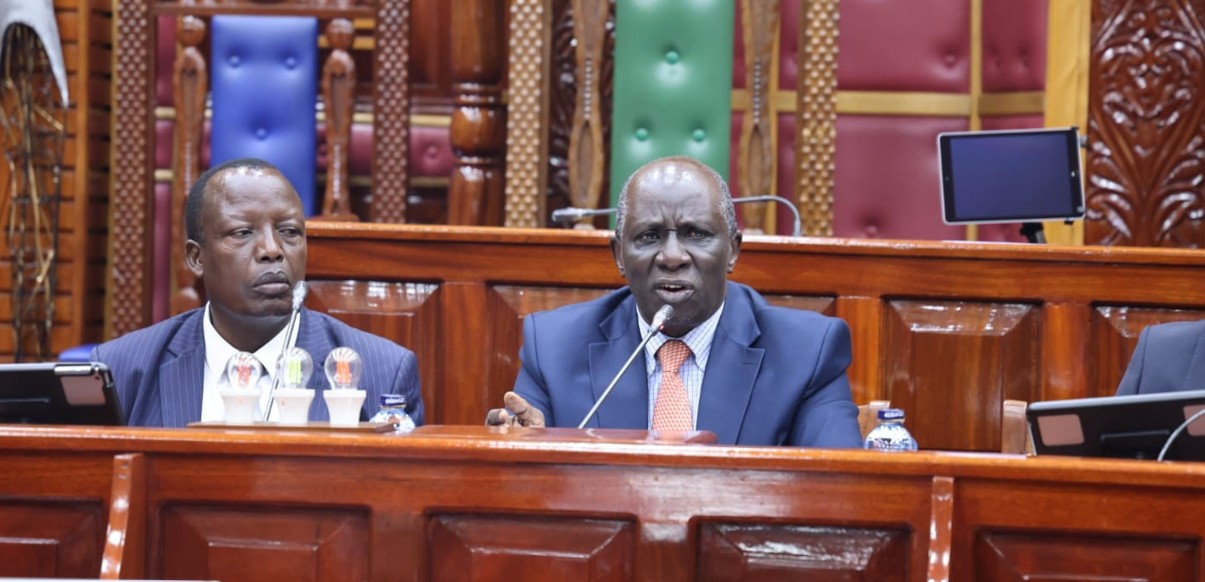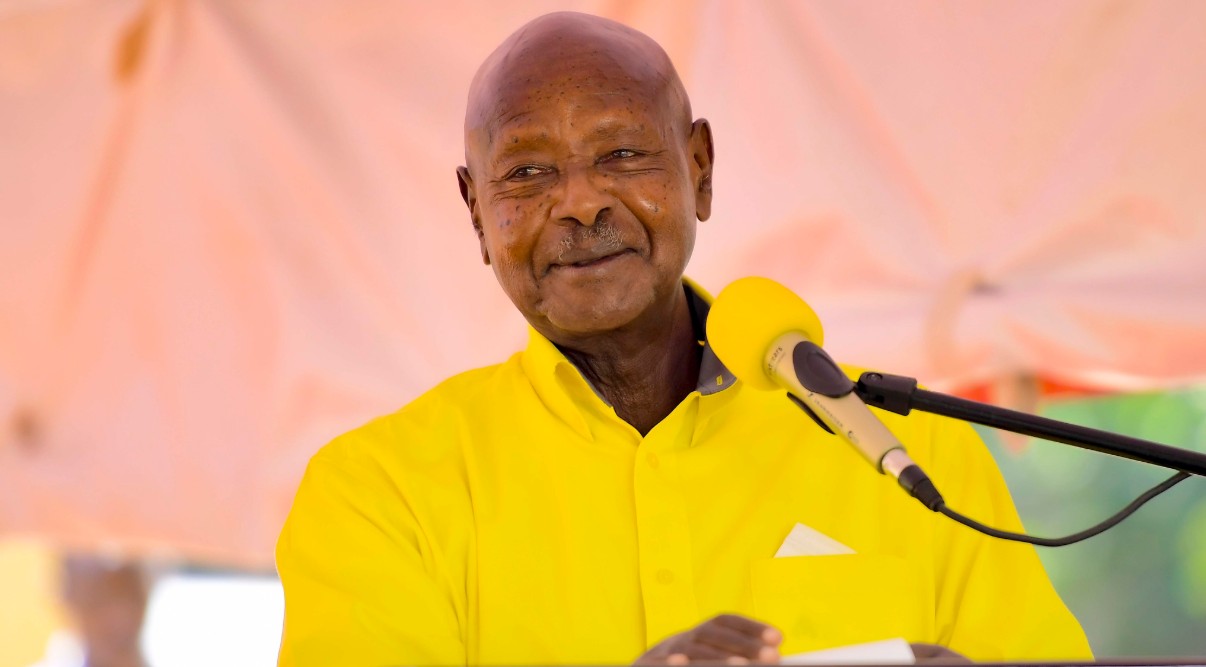Report paints Africa’s grim reality on poverty, inequality reduction
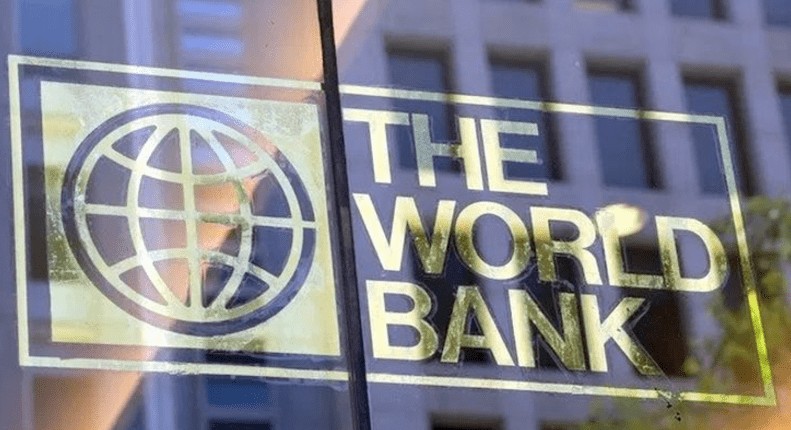
Similar to the general population, the report highlights that extreme poverty among children is increasingly concentrated in Sub-Saharan Africa and places affected by fragility and conflict.
The pace of global poverty reduction has slowed sharply over the past decade, with Sub-Saharan Africa emerging as the epicentre of extreme poverty.
This, according to the World Bank’s latest update on global poverty and inequality, released in October.
More To Read
- African countries take lead in push toward universal health coverage for 1.5 billion people by 2030
- Developing countries’ debt servicing cost hit 50 year high on high interest
- African land policy reforms benefit women and communities, but 18-country review reveals key gaps
- Why mastering Generative AI is the fastest way to boost your career and salary
- Africa’s agricultural exports are losing ground: Four key interventions that could lift sector again
- Over 600 million children exposed to violence at home, UNICEF warns
The findings reveal widening disparities, particularly among children and women in Africa, underscoring the region’s struggle to make headway in poverty and inequality reduction.
Between 1990 and 2025, the report says, the number of people worldwide living in extreme poverty fell dramatically from about 2.3 billion to 831 million, largely driven by strong economic growth in East and South Asia.
However, the report notes that progress has stalled in recent years, and extreme poverty has become increasingly concentrated in Sub-Saharan Africa and places affected by conflict and fragility.
Children remain among the hardest hit. The report estimates that one in five children globally, around 412 million aged 17 and below, live on less than $3 (Sh388) a day.
“Globally, child poverty has been on a steady, if slow, decline since 2014, when an estimated 507 million children lived in extreme poverty. However, the pace of poverty reduction among children has been slower compared with the general population,” the report reads.
“Children continue to be disproportionately affected, comprising more than 50 per cent of those in extreme poverty, although their share of the global population is only 30 per cent.”
Similar to the general population, the report highlights that extreme poverty among children is increasingly concentrated in Sub-Saharan Africa and places affected by fragility and conflict.
Notably, the region is home to about 23 per cent of the world’s population of children, yet it is home to three-quarters, over 312 million, of all children living in extreme poverty.
“In 2024, the extreme child poverty rate in Sub-Saharan Africa remained the same as in 2014, around 52 per cent.”
Women also continue to bear a disproportionate share of global poverty, with over 400 million living on less than $3 a day.
The report finds that poverty among women has declined significantly in all world regions except Sub-Saharan Africa, where progress has stagnated.
Globally, extreme poverty among women fell from 15.8 per cent in 2014 to 11.4 per cent in 2024.
However, the World Bank reckons that more than 400 million women around the world still live in extreme poverty, on less than $3 per day, with three-quarters residing in Sub-Saharan Africa.
Top Stories Today
